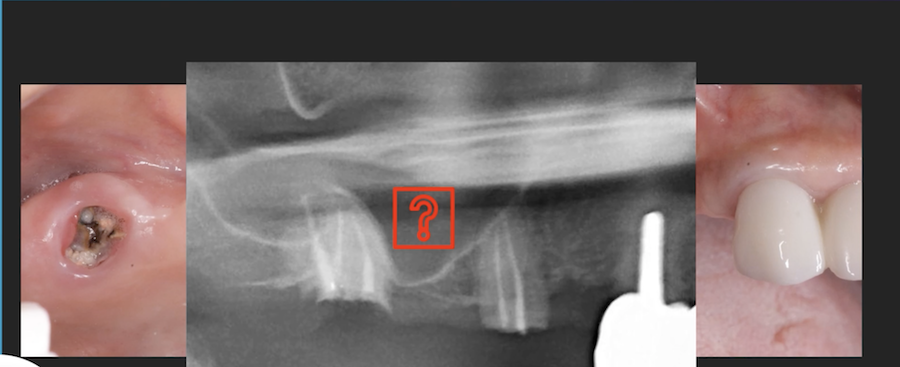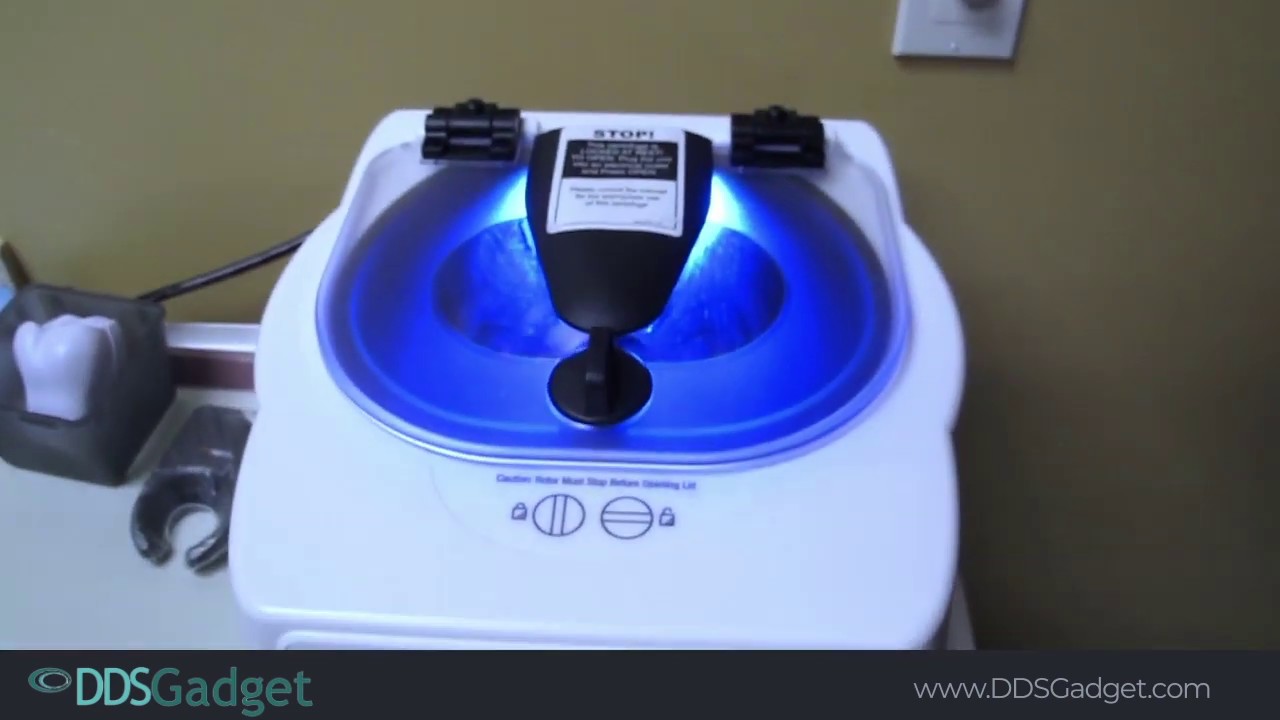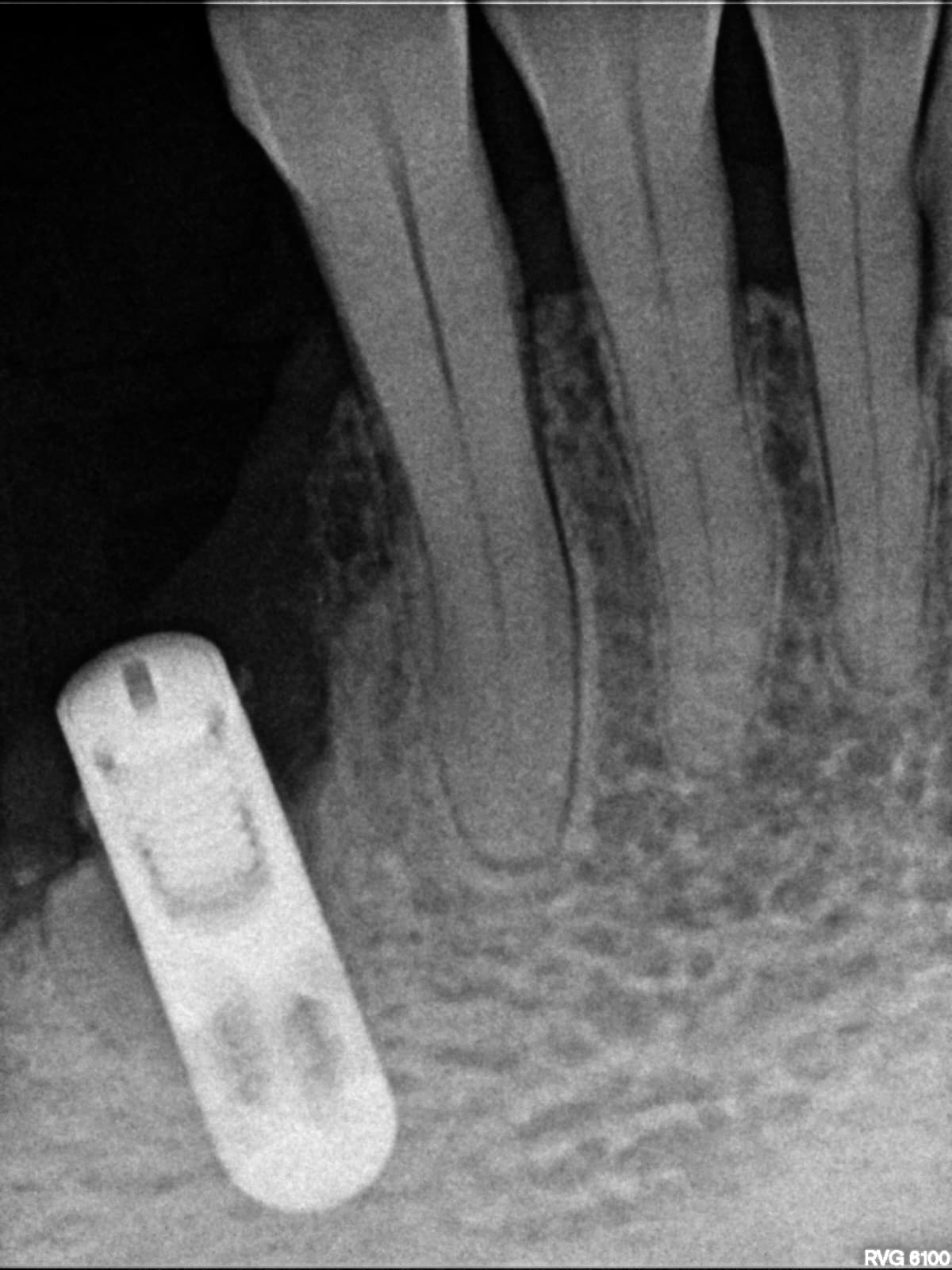Initial Tissue Die Back after Flapless Implant Placement Case: Suggestions?
Dr. B asks:
I did a visual inspection of the patient who had 3 implants placed 12 days ago. The implants were placed crestal using a flapless approach with a surgical guide.
At 12 days, two of the implants looked fine, however one of them has some initial tissue die back off the lingual exposing some bone. The patients health history is unremarkable with no prescription meds.
I have the patient on an antibiotic, and swabbing the area with peridex daily. Any comments on recommended treatment plan as well as what I might expect from this area in weeks/months to come?
12 Days Post-Op Pic
Editor’s Note:
Please see the follow up to this case here.
9 Comments on Initial Tissue Die Back after Flapless Implant Placement Case: Suggestions?
New comments are currently closed for this post.
Hamza
9/27/2010
I think that you will be fine and this lesion will heal beautifully after few weeks, but instruct the patient to use chlorhexidine 3 times a day, 10 mg for 60 seconds, and not to brush this area.
what worries me in flapless technique is the irrigant does not reach deep which may cause bone necrosis, in this case if the bone is fine, do not worry and this lesion will behave just like aphthous ulcer
good luck
Hamza
Luis Berumen
9/27/2010
Is possible than the cause of that small gingival necrosis
is due to something strong may be with aspiration or traumatic pression of the implant guide, but you do not worry for that problem, just it applies clorhexidina gel for few days and it will be all new
jon
9/28/2010
Just wondering if this is a stage one implant as, based on your photo it appears that the implants in the 30 and 19 areas appear to be not crestally placed but about 2mm supracrestal. A problem with the "flapless" technique can be that sometimes you think you know where the bone is but, unless you probe, may not be sure. Just wondering.
king of implants
9/30/2010
Does the patient take any bisphosphonates?
Wayne O'Roark DDS, DABOI
10/2/2010
I agree with the above comments re: the marginal condition, it will heal just fine. I, however, agree with the comment on the flapless surgery not being able to see the bone crest, and then probe b/l. I use a 5mm biopsy punch. When removing the little "cookie" of tissue, I can see the position of the bone. Then using the triblade initial drill, I probe the buccal and lingual plate and make my entry mid way between them. The real risk of flapless surgery is not visualizing the anatomy under the tissue toward the ultimate apical position and penetrating into the buccal fossa or lingual plate. You need to palpate the underlying bine and enter the crest in a manner not to do this. I will always place the coronal portion of the implant SUPRAcrestal. Since you have not disturbed the blood supply (by not raising a flap) you will get essentally no soft tissue retraction, unless, of course you traumatize the soft tissue. A clean as possible soft tissue entry with the disposable biopsy punch with minimize or eliminate this problem. I will seat the implant in relation to the surface of the soft tissue (at least 1mm below the surface) rather than the crest of bone. This allows the elimination of the second uncovering surgery, moves the junction between the post and the implant away from the bone (i.e. no need to worry about the "platform shift"), it does not interfere with the blood supply to the cortical bone. I seat deeper in the anterior if I want an emergent profile for esthetics. If ever you have a doubt about what underlies the entry site, raise a subperiosteal flap and LOOK. There are always exceptions to every rule, so, use your common sense and experience. Always be visualizing the anatomy as you create the osteotomy. If you create a small fenestration, most likely nothing will happen, since you have not interrupted the blood supply from the periosteum and it will heal just fine.
Richard Hughes, DDS, FAAI
10/3/2010
Wayne: You gave a great explanation. I agree 100%
Shirley A . Colby
10/3/2010
Clean-cut... Atraumatic... Well-planned...
treatment approach!
Impressive, Dr. O'Roark!
Sajjad Ali Khan D.D.S,B.D
11/2/2010
Patient's lingual cortical bone and sub cortical bone is is dying due to possible osteo compression or expansion.You are in correct path but it will be a long time before the tissue recovers to normalcy. My prediction at least four to six more weeks.Patient should be on a broad spectrum antibiotic for a long time.
A 'Perio dressing' will also help guard the wound.
Dr. Omar Olalde
8/5/2011
Never mind this is a case of last year I want to expose my point of view for those who have similar cases.
Don´t worry about the lesion probably this was a result by damaging the tissue, I agree with Dr. Hamza treat it as an ulcer.
The worst case is your have a dehisence, that it could probably happen if youar using an implant with a polished collar. If you are using a bone level implant it has a better prognosis, because the new gingival tissue will attach to the roughness of the titaniuim.
If hou have a dehisence exposing the polished collar it won't cath bacteria, I wouldn´t recomend to do a soft tissue graft or reposition a flap.


















